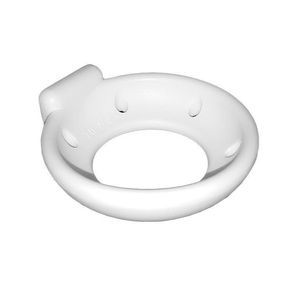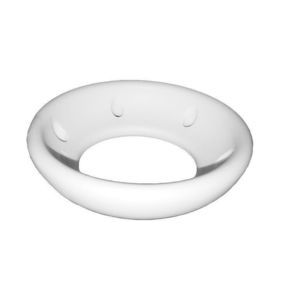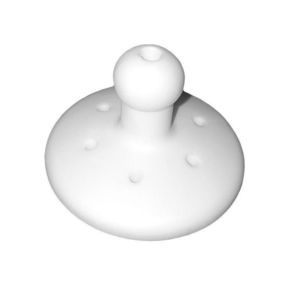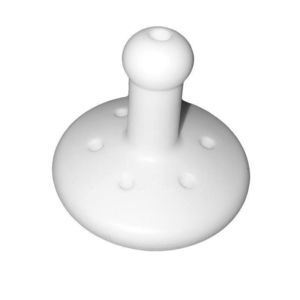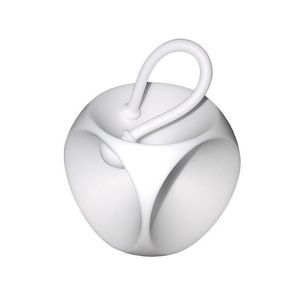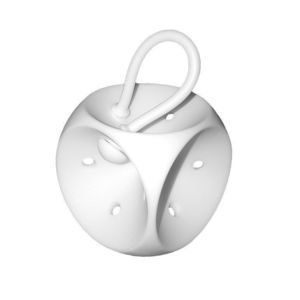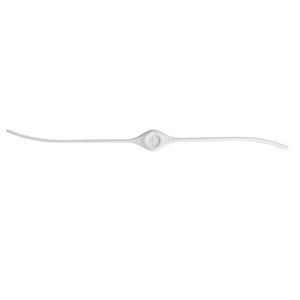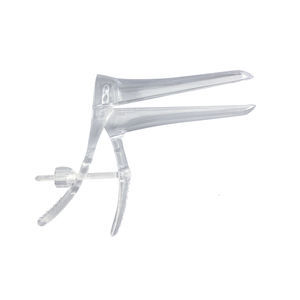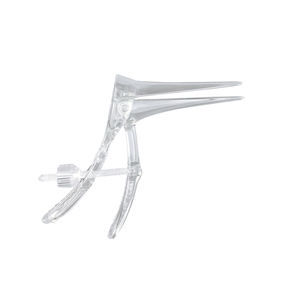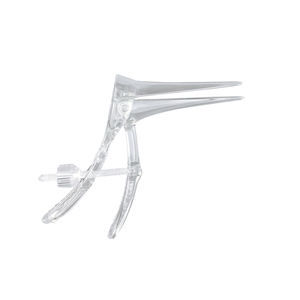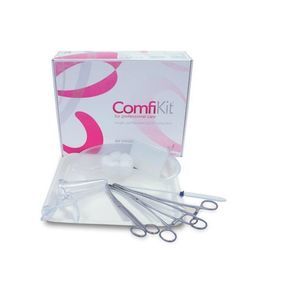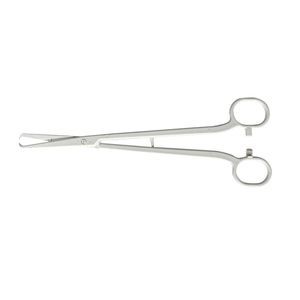
Ring-type vaginal pessary PERKwith knob
Add to favorites
Compare this product
Characteristics
- Type
- ring-type
- Options
- with knob
Description
Prolapse and incontinence rings are an effective aid for a variety of gynecological problems, allowing the patient to avoid surgical intervention.
- The flexible silicone ring is often used for mild first- or second-degree uterine prolapse or total prolapse.
- The donut prolapse ring is used for third-degree uterine prolapse as well as for cystocele and rectocele, and is often used by postmenopausal women.
- Prolapse rings are made of 100% medical-grade silicone.
- They are intended for single use per patient.
- Choosing the correct size usually requires testing different sizes to determine the right prolapse ring size.
- A prolapse ring trial set is a valuable tool for selecting the correct prolapse ring.
- To facilitate insertion, a vaginally applied lubricant may be needed for patient comfort.
- The physician may suggest K-Y jelly® or an equivalent product.
- The physician should determine if the patient needs estrogen therapy before prescribing a prolapse ring.
- Within 24 to 48 hours, it should be ensured that the patient is not allergic to the prolapse ring. Examine the vagina and ask the patient about any discomfort, irritation, pressure, sensitivity, or unusual discharge. Also, evaluate if there has been any improvement in the patient's symptoms.
Certifications: ISO 9001, ISO 14001, ISO 13485
Technical Specifications / Features:
- Material: 100% medical-grade silicone
- Intended for single use per patient
- Available sizes: 43mm - 0, 49mm - 1, 56mm - 2, 62mm - 3, 68mm - 4, 74mm - 5, 81mm - 6, 87mm - 7
- Application: Gynecological prolapse and incontinence management
Catalogs
No catalogs are available for this product.
See all of Cetro Medical‘s catalogsRelated Searches
- Surgery forceps
- Grasping forceps
- Medical kit
- Curette
- Speculum
- Sterile medical kit
- Vaginal speculum
- Gynecology forceps
- Dilatation sheath
- Sterilizable speculum
- Surgery medical kit
- Single-use speculum
- Vaginal pessary
- Transparent speculum
- Gynecological curette
- Cervical dilator
- Ring-type vaginal pessary
- Endometrial suction curette
- Dish-type vaginal pessary
- Cube-type vaginal pessary
*Prices are pre-tax. They exclude delivery charges and customs duties and do not include additional charges for installation or activation options. Prices are indicative only and may vary by country, with changes to the cost of raw materials and exchange rates.



